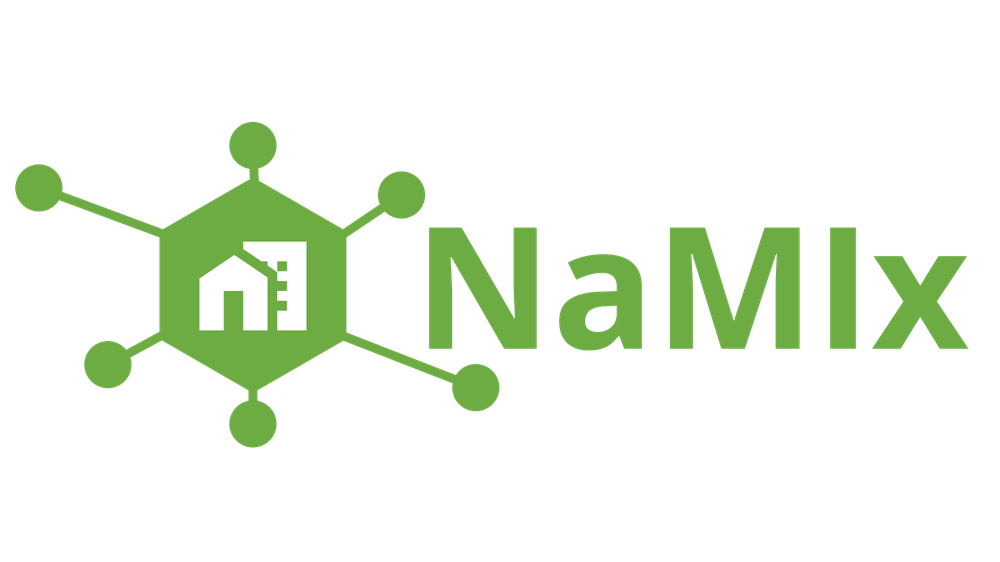NaMIx
Everyone should have the opportunity to travel in a resource-efficient and environmentally friendly way – that is the only way the mobility transition can succeed. In order to achieve this target, decision-makers need information about the actual local conditions in a particular neighbourhood or at a given address. However, they often lack the data they need to plan mobility in a sustainable way, so their actions are often based on subjective experience.
Standardised approach for the calculation and combination of indicators
The integration of existing data using new methods and tools makes it possible to simplify decision-making. There are already indices for sustainable mobility that describe the potential for cities, for example, which differ from the NaMIx index we have developed, as it
- reflects ways of travelling sustainably, AND
- is location-based, i. in other words it can be calculated for individual addresses, AND
- communicates complex data in an understandable way AND
- takes different modes of transport into account.
It combines indicators such as intersection density or the quality of local amenities, for example, which are related to traffic avoidance or the shifting of modes of transport – strategies for achieving sustainable mobility.

Veomo Mobility GmbH
The index was developed together with Veomo Mobility GmbH, a planning office for mobility concepts with a wealth of data expertise, and in collaboration with various potential users from the real estate sector, research and local authorities. This included, for example, discussing potential improvements and possible applications at a stakeholder workshop in Munich (see image). The result is a Jupyter notebook that makes it possible to calculate the index for a sample region, as well as comprehensible documentation explaining the index and its development, and sample data and maps.
Related news
Downloads
Partner

Funded by



